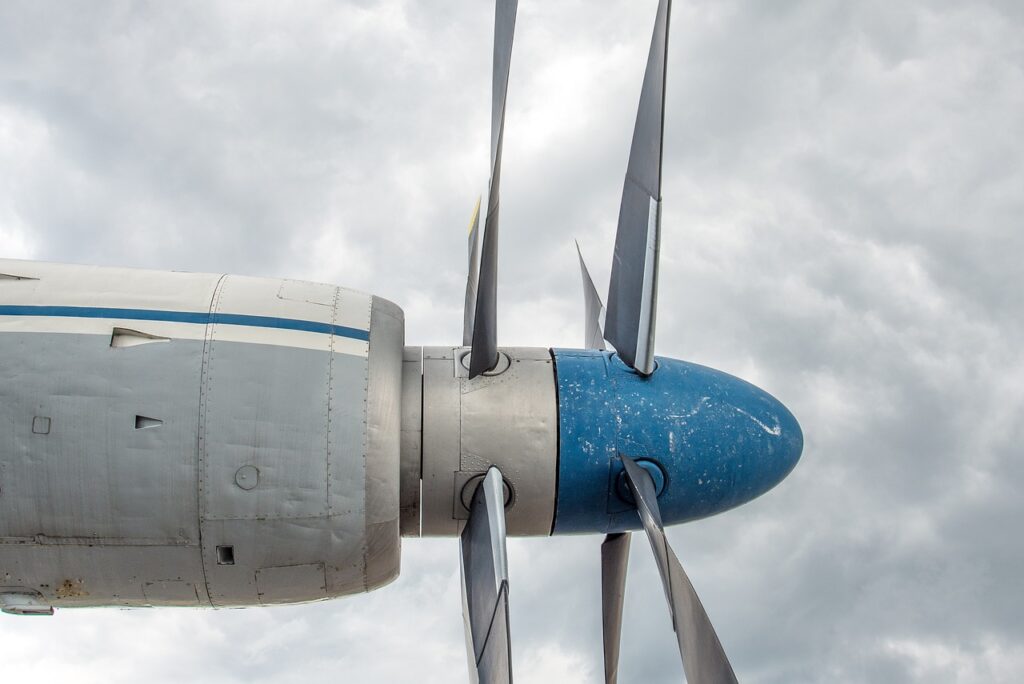Rolls-Royce, an aviation industry stalwart, is steering away from the electric and hydrogen-powered flight trajectory, placing a strategic bet on conventional propulsion systems for the next two decades.
Tufan Erginbilgic, the CEO, articulates this vision, emphasizing skepticism about hydrogen’s immediate impact in aviation. Despite collaborations with EasyJet on hydrogen tech, Rolls-Royce places its sustainability bets on Sustainable Aviation Fuel (SAF) for large jets to hit net-zero climate targets.
Erginbilgic’s strategic stance unfolds as a bid to significantly boost operating profits and enhance cash flow in the medium term. This pragmatic pivot is a response to the industry’s pressing need to reduce carbon footprints. While Airbus SE invests in hydrogen-powered planes set for operation by 2035, Rolls-Royce charts a distinct course, focusing on the reliability and maturity of sustainable aviation fuels.
The divestment plan includes Rolls-Royce’s electrical business unit, a pivotal player in developing propulsion systems for diverse aircraft, including the futuristic realm of flying taxis. Erginbilgic underscores the resource reallocation rationale, asserting that the electrical business holds greater value under new ownership. This strategic shake-up signifies Rolls-Royce’s commitment to tangible and immediate pathways for sustainable aviation, aligning with the industry’s evolving landscape.
Rolls-Royce’s trajectory stands in stark contrast to Airbus SE, the global aviation giant, which actively invests in the hydrogen-powered aviation narrative. As Rolls-Royce bets on SAF, Airbus is gearing up for a hydrogen-powered future, emphasizing a diversified approach to meet sustainability goals. The divergence in these industry leaders’ strategies adds complexity to the evolving narrative of aviation’s green transformation.
Rolls-Royce’s pivot has broader implications for the aviation sector, influencing the narrative on the most viable paths to sustainable flight. The move prompts a closer examination of the readiness and scalability of hydrogen technologies versus the maturity and reliability of SAF. As the industry grapples with the imperative to reduce emissions, Rolls-Royce’s strategic shift introduces a new dynamic to the ongoing sustainability discourse in aviation.





